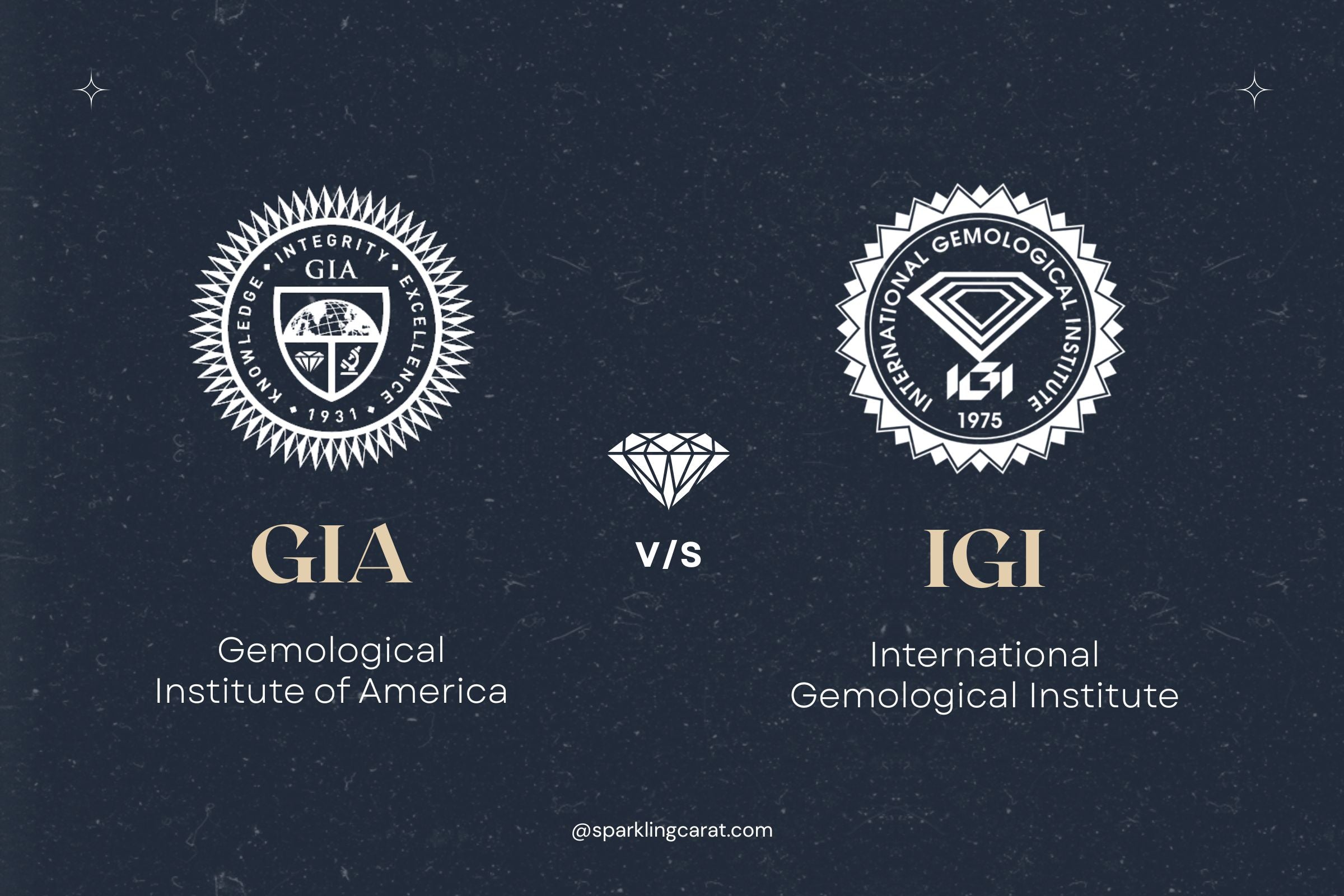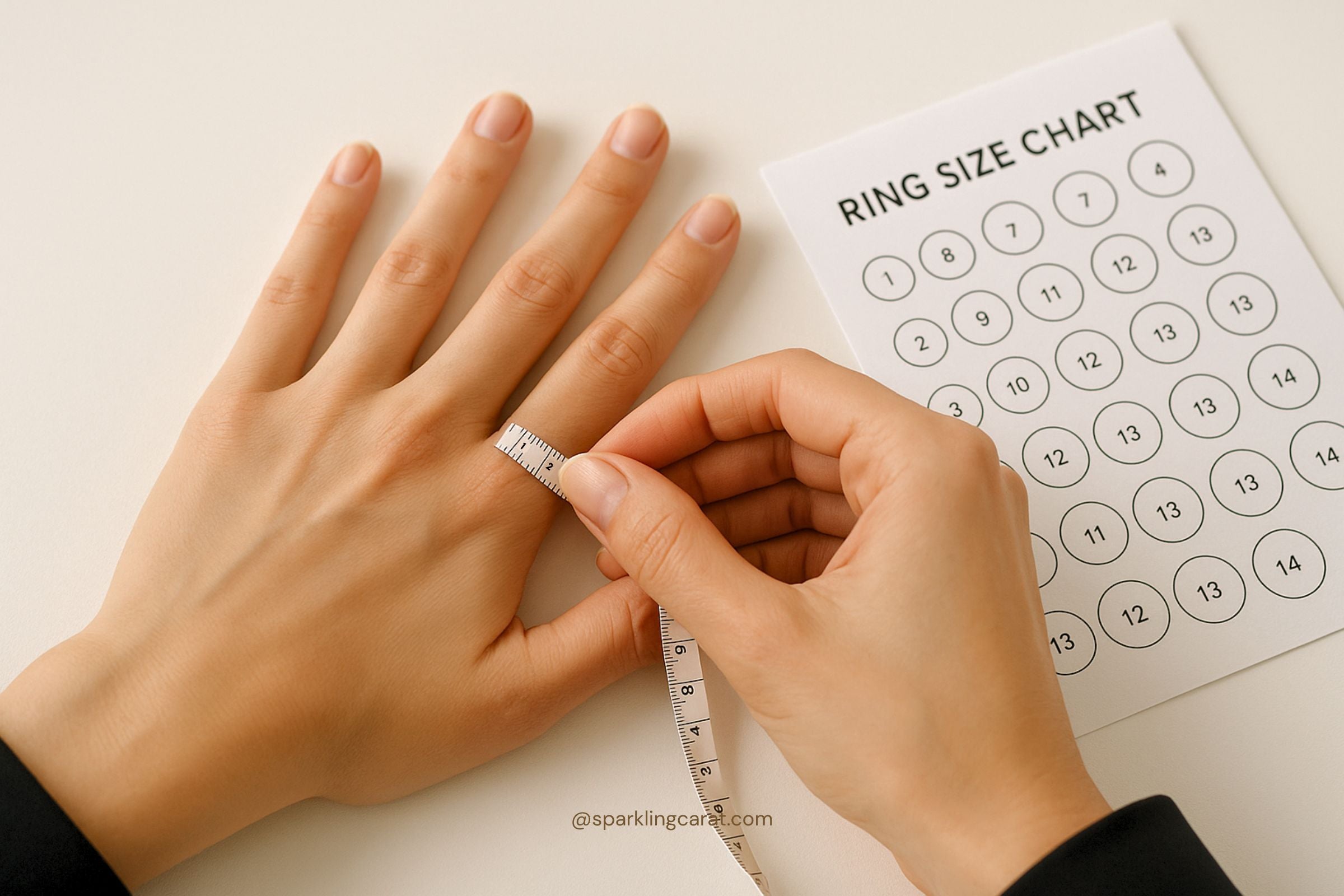What is a Solitaire Ring? History & Buying Guide
When it comes to choosing an engagement ring or a piece of timeless jewelry, few designs are as iconic and universally admired as the solitaire ring. Simple, sophisticated, and centered around a single dazzling diamond, the solitaire ring is a favorite for both traditional and modern brides.
In this blog, we’ll take a deep dive into the history, design, and buying guide of solitaire rings—plus help you decide if it’s the right style for you.
A Brief History of Solitaire Rings
The term “solitaire” originates from the Latin word solitarius, meaning "alone"—which perfectly describes the design: a single diamond, prominently set on a band, commanding attention all on its own.
Milestones in Solitaire Ring History:
-
1477: The Archduke Maximilian of Austria proposed with a diamond ring, igniting Europe's love for diamond engagement rings.
-
1886: Tiffany & Co. introduced the iconic six-prong solitaire setting, elevating the diamond and maximizing brilliance.
-
20th Century: The solitaire ring became the most popular engagement ring style due to its clean design and focus on the diamond.
What Makes a Ring a "Solitaire"?
A solitaire ring features:
-
One central stone (usually a diamond, but can be a gem)
-
A plain or minimally designed band
-
A focus on the quality, cut, and brilliance of the single stone
Unlike halo or three-stone rings, the solitaire setting is about minimalism and elegance.
Want to explore different styles?
How to Choose the Perfect Diamond Shape
Types of Solitaire Settings
While solitaire rings are known for their simplicity, the setting can influence the overall aesthetic and functionality.
1. Prong Setting (Tiffany Style)
-
Most classic and popular
-
Allows max light exposure = more sparkle
2. Bezel Setting
-
Sleek and secure
-
Perfect for active lifestyles
3. Cathedral Setting
-
Elegant arches that lift the stone
-
Adds height and dimension
4. Tension Setting
-
Modern and unique
-
Holds the diamond with pressure instead of prongs
Why Choose a Solitaire Ring?
Here are the top reasons solitaire rings remain timeless:
Focus on the Diamond – The setting emphasizes the stone’s brilliance and cut.
Versatile Style – Matches all outfits and future wedding bands.
Timeless Appeal – Never goes out of fashion.
Customizable – Can pair with various diamond shapes and settings.
Tip: If you're prioritizing sparkle, focus on the cut grade of the diamond.
Why Cut Is King: The Most Important of the 4Cs
Buying Guide: What to Look For in a Solitaire Ring
When shopping for a solitaire ring, keep these factors in mind:
1. Diamond Cut
The most important of the 4Cs for sparkle. Choose Excellent or Ideal cut grades.
2. Diamond Shape
Most popular in solitaires:
-
Round Brilliant (most sparkle)
-
Oval (elongates the finger)
-
Princess (modern & bold)
3. Certification
Always opt for GIA or IGI certified stones.
GIA vs IGI: What You Need to Know
4. Band Material
-
Yellow Gold: Classic and warm
-
White Gold/Platinum: Modern and sleek
-
Rose Gold: Romantic and unique
Explore Sparkling Carat Solitaire Rings
At Sparkling Carat, we offer a premium range of certified solitaire rings designed to match every style and budget:
Featured Solitaire Styles:
-
Round Brilliant Solitaire in Platinum
-
Oval Diamond Solitaire in Rose Gold
-
Princess Cut Bezel-Set Solitaire
-
Lab-Grown Diamond Solitaire Rings
Shop Solitaire Engagement Rings






Leave a comment
This site is protected by hCaptcha and the hCaptcha Privacy Policy and Terms of Service apply.